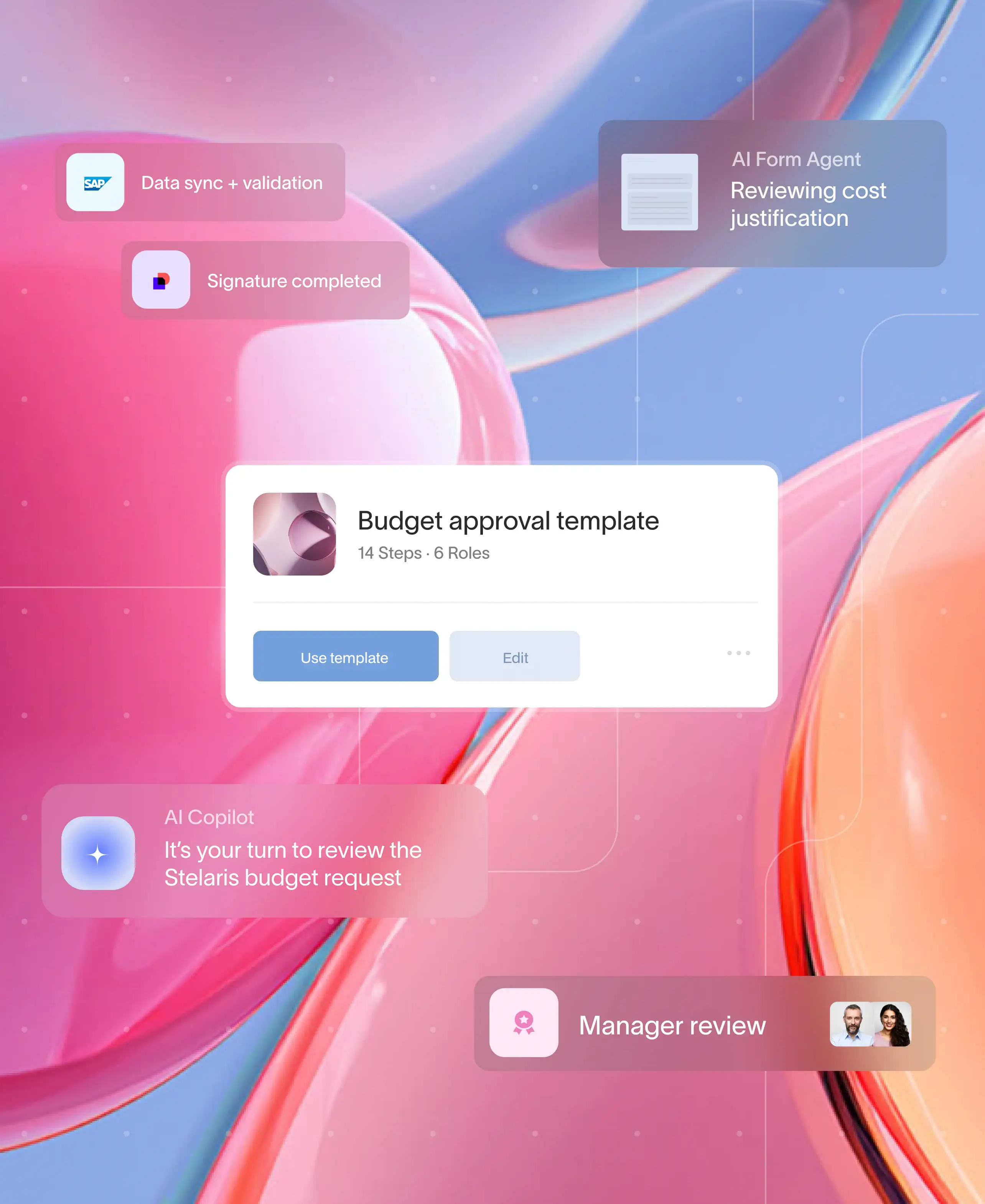
Client onboarding is a vital stage for any business, setting the foundation for long-term customer relationships. A seamless client onboarding experience not only boosts customer satisfaction but also fosters loyalty and retention. When comparing SaaS and non-SaaS businesses, the onboarding process varies significantly. This blog explores the differences between SaaS and non-SaaS client onboarding, highlighting how each approach aligns with its respective business model.
What is a SaaS business
A software-as-a-service (SaaS) business delivers software applications via the Internet. Customers subscribe to use the software, which is hosted on cloud infrastructure, making it easily accessible and scalable. SaaS solutions are often subscription-based and focus on continuous engagement with customers to drive usage and value over time.
What is SaaS client onboarding
SaaS client onboarding involves introducing customers to the software platform they will access regularly. The goal is to help customers quickly understand the value of the software, ensuring they can navigate and use key features. SaaS onboarding emphasizes training, support, and ongoing interaction to help customers get the most out of the product. Automation and analytics tools are widely used to streamline the process and monitor customer progress.
Key elements of SaaS client onboarding
- Automated workflows for account setup and software access
- Guided tutorials or walkthroughs to introduce product features
- Customer success teams to ensure smooth adoption
- Analytics to track how customers are engaging with the software
- Efficient document collection processes, where clients submit required documents through automated systems
- Self-serve options that empower clients to complete much of the onboarding process independently, from document submission to software setup, reducing the need for hands-on support.
What is a non-SaaS business
Non-SaaS businesses offer products or services that are not primarily software delivered over the Internet. These could include hardware, consulting services, or traditional software with a one-time purchase or on-premise implementation. Unlike SaaS businesses, which rely on recurring revenue models, non-SaaS companies typically focus on delivering value upfront.
What is non-SaaS client onboarding
Non-SaaS client onboarding often involves more manual assistance. Since these businesses might deal with physical products or complex service implementations, the onboarding process could include training sessions, setup guidance, and post-purchase support. The objective is to ensure the customer is well-equipped to use the product or service effectively from the outset.
Key elements of non-SaaS client onboarding
- Support for implementation or product usage
- In-person training or consultations, especially for complex products
- Manual processes for onboarding, with less automation
- Longer onboarding timelines, especially for hardware or customized solutions
How SaaS client onboarding differs from non-SaaS
The onboarding process for SaaS and non-SaaS businesses is distinct, reflecting the differences in business models and customer expectations.
1. Process and approach
Saas onboarding is typically more automated, with a focus on helping customers quickly grasp the product’s functionality. Non-SaaS businesses while also utilizing automation often require more manual approaches, with extended timelines for onboarding due to the nature of the product.
2. Tools used
Saas companies rely heavily on digital tools to track progress and engagement. Non-SaaS businesses may use traditional methods, such as manual customer follow-ups, phone consultations, or in-person meetings.
3. Metrics measured
SaaS onboarding success is often measured by metrics like time-to-value (TTV), product adoption rate, and feature usage. In contrast, non-SaaS onboarding may focus on customer satisfaction post-purchase, product setup success, and support ticket resolution times.
4. Customer engagement
Saas onboarding requires continuous engagement to ensure customers are deriving ongoing value. Non-SaaS businesses may focus more on upfront engagement, ensuring the customer has all the tools and support they need after purchase.

How Moxo helps both SaaS and non-SaaS businesses with client onboarding
Moxo's collaborative workflow automation platform enhances client onboarding for both SaaS and non-SaaS businesses by focusing on automation, seamless collaboration, and efficient client interaction:
- For SaaS businesses: Moxo integrates seamlessly with your SaaS platform, automating complex onboarding workflows and enabling real-time collaboration between your team and clients. It streamlines tasks such as document submissions, approvals, and client interactions, reducing manual effort and ensuring a smooth onboarding journey.
- For non-SaaS businesses: Moxo provides a comprehensive solution for personalized onboarding, with features like secure file sharing, task management, and collaborative communication workspaces. This allows businesses to manage intricate, multi-step processes and maintain consistent client engagement, no matter the complexity of the onboarding process.
By enhancing communication, automating workflows, and improving overall coordination, Moxo helps reduce friction and deliver an elevated client experience, whether your business operates in SaaS or non-SaaS environments.
Visit Moxo to streamline your onboarding process and deliver a seamless experience for your clients.
Conclusion
While both SaaS and non-SaaS businesses aim to provide smooth onboarding experiences, their approaches differ due to the nature of their products and customer interactions. SaaS businesses rely on automation and digital engagement, while non-SaaS businesses. who also use automation, often require a more manual and personalized approach. Moxo supports onboarding both types of businesses, helping them deliver excellent onboarding experiences that lead to long-term success.
Get started with Moxo today to streamline processes, enhance collaboration, and deliver seamless client onboarding—no matter your business model.
FAQs
How long should SaaS onboarding take?
The timeline for SaaS onboarding can vary depending on the complexity of the product, but the goal should be to achieve a quick time-to-value (TTV). Ideally, clients should start realizing the benefits of your SaaS solution within the first few days or weeks, minimizing delays and maximizing client satisfaction.
What are common challenges in non-SaaS client onboarding?
Non-SaaS client onboarding often faces challenges such as reliance on manual processes, extended implementation timelines, and the need for highly personalized support. These factors can slow down onboarding and create bottlenecks if not managed efficiently.
Can Moxo be integrated into existing onboarding workflows?
Absolutely. Moxo provides flexible integration options that fit seamlessly into existing onboarding workflows, whether SaaS or non-SaaS. Moxo enhances your current processes by automating tasks, improving communication, and streamlining collaboration, without disrupting your established workflows.





